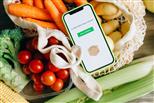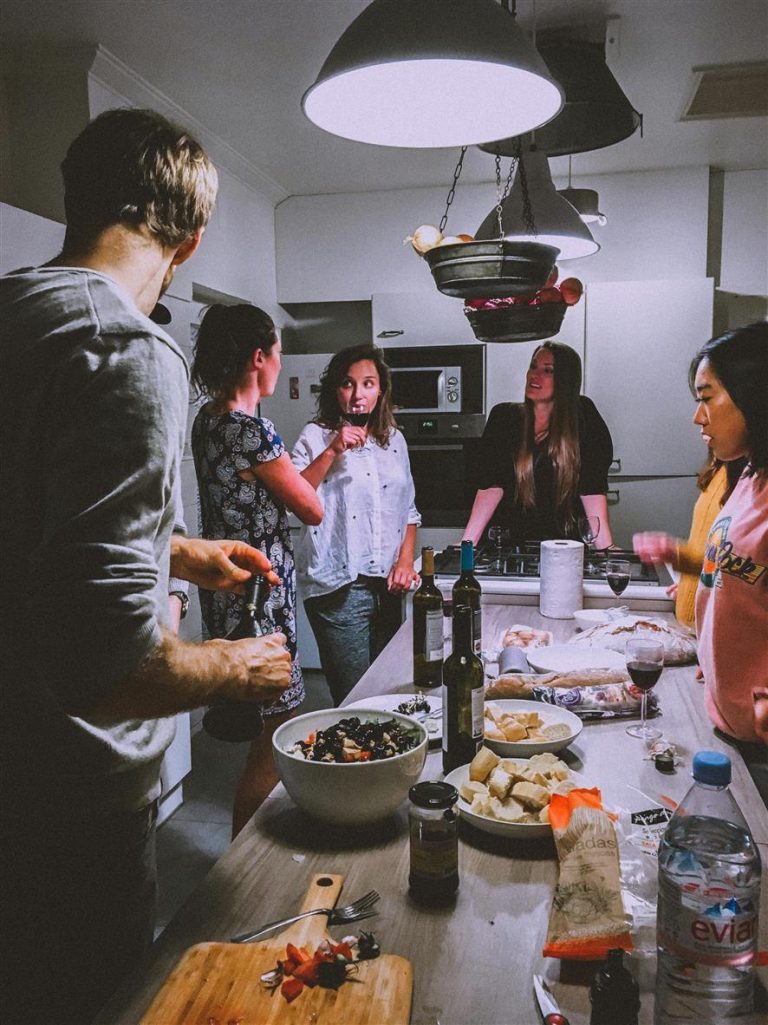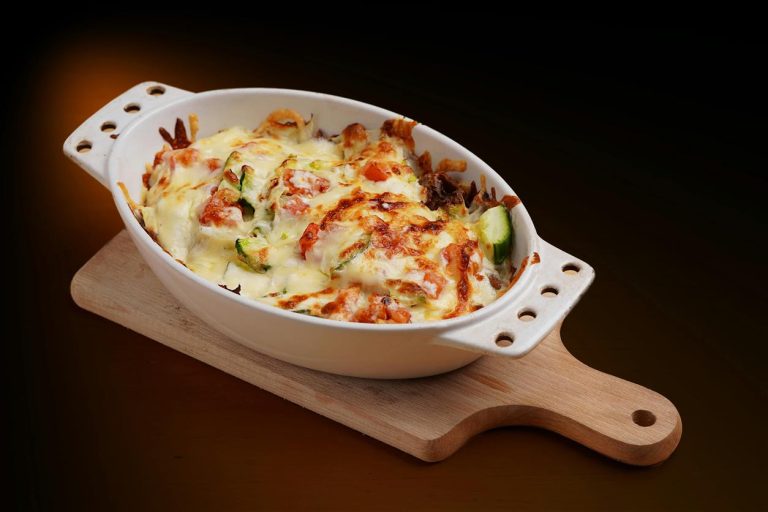
The explosion of food delivery apps in the last decade has revolutionized how we eat. In just a few taps, meals from a favorite neighborhood bistro or national chain arrive at your doorstep, often within the hour. For consumers, it’s convenience. For restaurants, especially during COVID-era lockdowns, it was a lifeline. But beneath the glossy interface of on-demand dining lies a complex and increasingly troubling reality — one that’s reshaping the economics of the food industry, often at the expense of the very restaurants these platforms claim to support.
The Illusion of Partnership
Food delivery services market themselves as partners to restaurants, offering access to wider audiences and boosting visibility in a competitive landscape. While it’s true that delivery platforms have helped eateries stay afloat during difficult times, especially in 2020 and 2021, the financial arrangement is rarely equitable.
Most major delivery apps charge restaurants commissions ranging from 15% to 30% per order. When you consider that many restaurants operate on razor-thin margins—typically between 3% and 6%—these fees quickly become untenable. For small, independent operators, fulfilling delivery orders can mean barely breaking even or operating at a loss.
Some restaurants attempt to compensate by raising prices on delivery platforms, but that opens the door to negative reviews, reduced competitiveness, or accusations of price gouging. It’s a Catch-22: absorb the loss or risk alienating customers.

Ghost Kitchens and Brand Dilution
Another trend quietly altering the landscape is the rise of “ghost kitchens.” These are delivery-only operations with no storefronts or dine-in options. In many cases, they’re housed in nondescript warehouses or shared kitchens, using branding and data supplied by delivery apps themselves.
While ghost kitchens lower overhead costs, they also shift power away from traditional restaurants. The apps, holding troves of consumer data, can identify popular dishes and launch their own virtual brands to compete directly with restaurants — often using that restaurant’s own performance metrics as a playbook. For example, if a pizza shop performs well in a specific ZIP code, the platform might launch a similar concept with cheaper pricing and preferential placement in search results.
This data-driven commodification of food transforms meals into algorithm-optimized products rather than culinary expressions. It leaves independent chefs struggling to differentiate themselves in a sea of algorithmically boosted competitors with no physical identity or community connection.
Strained Labor and Operational Pressure
Delivery apps have also restructured restaurant workflows. Orders now come in through multiple platforms, each with its own interface, hardware, and support system. Managing them is a logistical headache, often requiring an extra staff member just to coordinate tablets and printers.
In kitchens, the demand for speed and packaging-friendly food shifts the focus away from complex or delicate dishes. Restaurants adapt menus to what’s delivery-proof, which can dilute the chef’s original vision or reduce variety. Fried food gets soggy, steak loses temperature, and aesthetics—once vital in fine dining—are flattened in favor of foam boxes and insulated bags.
Moreover, increased delivery traffic often doesn’t lead to increased profits, only increased workload. Cooks and servers may find themselves preparing dozens of orders for anonymous customers while earning no tips or feedback.
Eroding Brand Loyalty and Customer Relationships
Before the rise of apps, restaurants built customer loyalty through face-to-face interactions, ambiance, and service. Delivery platforms abstract that relationship. The customer interacts with the app, not the chef or owner. If something goes wrong—missing items, cold food, delays—it’s the restaurant that bears the brunt of complaints, even when the issue lies with the courier or platform.
The app owns the customer data, not the restaurant. This means restaurants have little access to repeat patronage strategies like loyalty programs or personalized promotions. Without those tools, they’re further distanced from their clientele, becoming just another tile on a screen.
Regulatory Blind Spots and Urban Saturation
In many cities, local governments have been slow to regulate the delivery economy. During the pandemic, temporary fee caps were introduced to shield small restaurants, but most of those have since expired. Meanwhile, the apps continue to grow, expand, and consolidate power.
The saturation of delivery services has also led to a spike in traffic congestion, increased packaging waste, and labor concerns for gig workers—many of whom report erratic pay, lack of support, and no access to benefits or basic protections.
Some municipalities are exploring legislation to require data-sharing with restaurants or cap commissions, but the response remains fragmented and, often, too slow to counterbalance the speed at which these platforms expand.
Adapt or Opt Out?
Some restaurateurs have opted out of third-party apps altogether, choosing instead to launch their own ordering systems or rely solely on pickup. Others have accepted the platforms as a necessary evil, treating delivery as a marketing cost rather than a profit center. A few, particularly chains with more leverage, negotiate lower fees or build exclusive partnerships.
In places like New York and San Francisco, there’s been a growing push for transparency and fairness—whether through regulation or public pressure. But until a major realignment happens, the power dynamic remains heavily skewed in favor of the delivery giants.

The Road Ahead
Food delivery isn’t going away. Consumer habits have changed, and many people now expect the option of dining from home. The question is not whether delivery will remain, but what form it will take—and who will benefit.
For delivery to truly serve both diners and restaurants, more equitable models must emerge. That might mean publicly funded delivery cooperatives, capped fees, or greater emphasis on direct ordering. It might also mean cultural shifts, where consumers are more mindful of where their money goes—and whom it supports.
The sheen of convenience can be hard to resist, but behind every meal ordered through an app lies a chain of decisions, costs, and consequences. If the public—and the industry—chooses to look beyond the interface, there may still be a way to balance tech-driven convenience with the economic and cultural integrity of the food world.
4o






